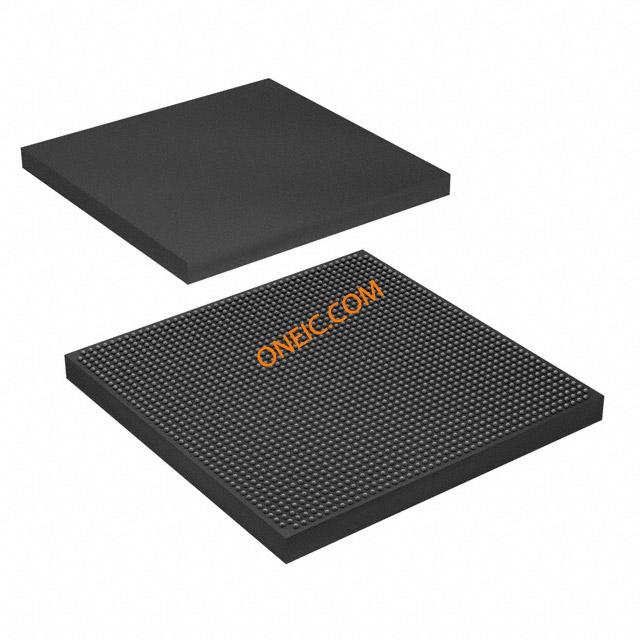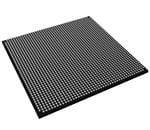5SGXMA7N2F45C3N
High-performance FPGA with 840 I/O for advanced digital designs
Manufacturer: altera
series introduction
# Introduction to the 5SGXMA7N2F45C3N Product Series
## 1. Overview
The 5SGXMA7N2F45C3N belongs to a high - performance product series, typically associated with Field - Programmable Gate Arrays (FPGAs). FPGAs are semiconductor devices that offer a high degree of flexibility and reconfigurability, making them suitable for a wide range of applications in various industries.
## 2. Key Features
### 2.1 Logic Capacity
This product series is equipped with a substantial logic capacity. The large number of logic elements allows for the implementation of complex digital circuits. Whether it's designing a custom processor, a high - speed data processing unit, or a sophisticated control system, the ample logic resources can handle the task. This high logic capacity enables designers to integrate multiple functions onto a single chip, reducing the need for multiple discrete components and thus saving board space and cost.
### 2.2 Memory Resources
It comes with on - chip memory resources, which are crucial for storing data during the operation of the FPGA. The memory can be used for buffering data, storing program instructions, or implementing lookup tables. The availability of sufficient memory ensures smooth data flow and efficient processing, especially in applications where large amounts of data need to be handled, such as in image and video processing.
### 2.3 High - Speed I/O
The 5SGXMA7N2F45C3N features high - speed input/output (I/O) interfaces. These interfaces support a variety of communication protocols, including but not limited to Ethernet, USB, and PCIe. The high - speed I/O capabilities enable the FPGA to communicate with external devices quickly and efficiently. For example, in a network - based application, the high - speed Ethernet interface allows the FPGA to handle large volumes of network traffic, making it suitable for use in routers, switches, and other networking equipment.
### 2.4 Low Power Consumption
Despite its high performance, this product series is designed with power efficiency in mind. Low power consumption is a critical factor, especially in battery - powered devices or applications where heat dissipation is a concern. The FPGA's power management features help to optimize power usage, reducing overall energy consumption without sacrificing performance. This makes it an ideal choice for portable devices, IoT (Internet of Things) applications, and other power - sensitive environments.
### 2.5 Reconfigurability
One of the most significant advantages of FPGAs in general, and the 5SGXMA7N2F45C3N in particular, is their reconfigurability. Designers can reprogram the FPGA to change its functionality at any time. This flexibility allows for rapid prototyping and design iterations. If a design needs to be updated or modified to adapt to new requirements, the FPGA can be easily reprogrammed without the need for hardware changes. This is especially useful in industries where technology is evolving rapidly, such as telecommunications and consumer electronics.
## 3. Target Applications
### 3.1 Telecommunications
In the telecommunications industry, the 5SGXMA7N2F45C3N can be used for a variety of tasks. It can be employed in base stations to perform signal processing, such as filtering, modulation, and demodulation. The high - speed I/O interfaces enable the FPGA to communicate with other network elements, while the large logic capacity allows for the implementation of complex algorithms for error correction and data compression.
### 3.2 Industrial Automation
For industrial automation applications, the FPGA can be used to control and monitor industrial processes. It can interface with sensors and actuators, process the sensor data, and generate control signals. The reconfigurability of the FPGA allows for easy adaptation to different industrial processes and
Images for reference

1932-FBGA

Image Preview